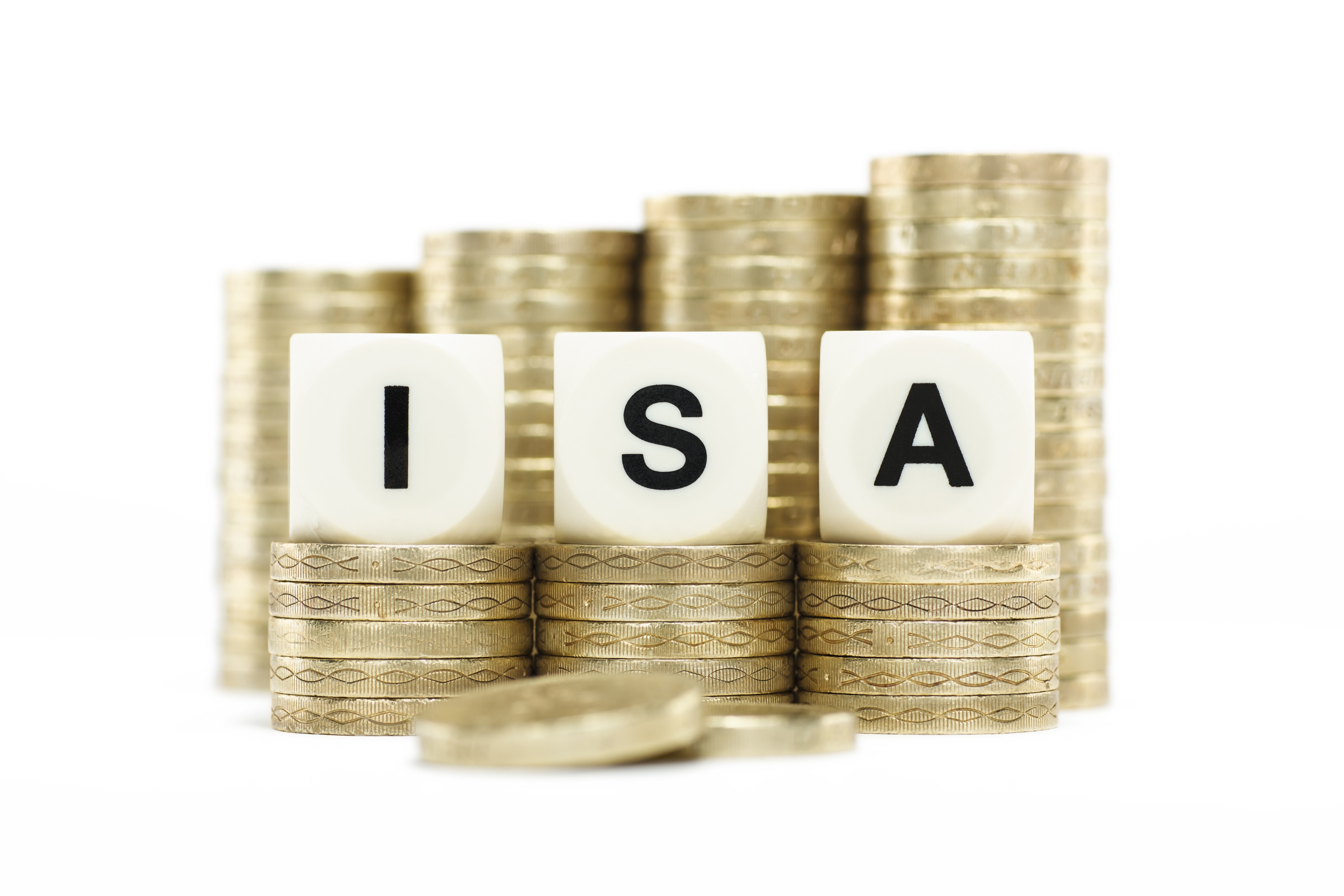News
Significant lack of awareness of flexible and portfolio ISA rules

There is a significant lack of awareness among consumers about ISA features, such as the flexible and portfolio ISA rules.
Nearly half of savers (46%) admitted they have a poor understanding of flexible ISAs while 23% haven’t heard of them at all.
Flexible ISAs allow you to withdraw and replace cash in the same tax year year without it affecting your ISA allowance. The ISA allowance is £20,000, but as an example, if you deposited £10,000 in a flexible ISA then withdrew the amount, you could still make use of the full £20,000 allowance, rather than only the remaining £10,000.
The research from Ford Money also revealed that only 19% have made use of flexible ISAs.
A greater portion of people (59%) haven’t heard of portfolio ISAs, with 65% saying they have a poor understanding of this ISA wrapper feature.
Portfolio ISAs allow you to split your ISA allowance between multiple ISA products but only 7% of the 2,000 people polled have made use of them.
Gap in understanding between lower and higher rate taxpayers
Drilling down into the tax status of those surveyed revealed a stark difference in the numbers understanding flexible and portfolio ISAs based on whether they were a basic, higher or additional rate taxpayer.
Almost three quarters (72%) of additional rate taxpayers have a good understanding of flexible ISAs compared with less than half (45%) of basic rate taxpayers. As a result of this, basic rate tax payers are less likely to be using ISA flexibility. Three fifths (60%) of additional rate taxpayers have made use of ISA flexibility compared with just a fifth (20%) of basic rate taxpayers.
Suzanne Lewsley, chief deposits officer at Ford Money, said: “When it comes to ISAs, there is a significant awareness gap between additional or higher rate tax payers and basic rate taxpayers.
“This awareness gap could be because basic rate tax payers are less likely to seek financial advice, but could also be down to the introduction of the Personal Savings Allowance (PSA) in 2016. Overall, this made ISAs more beneficial for additional and higher rate taxpayers, as it allows basic rate tax payers to earn up to £1,000 interest before being charged tax.
“By comparison, additional rate taxpayers are charged tax on all of the interest they earn, while higher rate taxpayers can only earn up to £500 interest before being charged tax, making ISAs a much more attractive option for them to save tax-free.”
Lewsley added that while savers may be earning less interest than the £1,000 PSA threshold, if the interest rate offered by your savings account increases or if you gradually build a larger savings pot over time, it could leave you liable to pay more tax.
“Even though ISAs can often appear confusing and the choice overwhelming, it is important to consider the features offered by different products when choosing a savings account in order to make your savings work harder.”
See YourMoney.com’s Your ISA mix: how many can you open and hold? to help you navigate the different products.